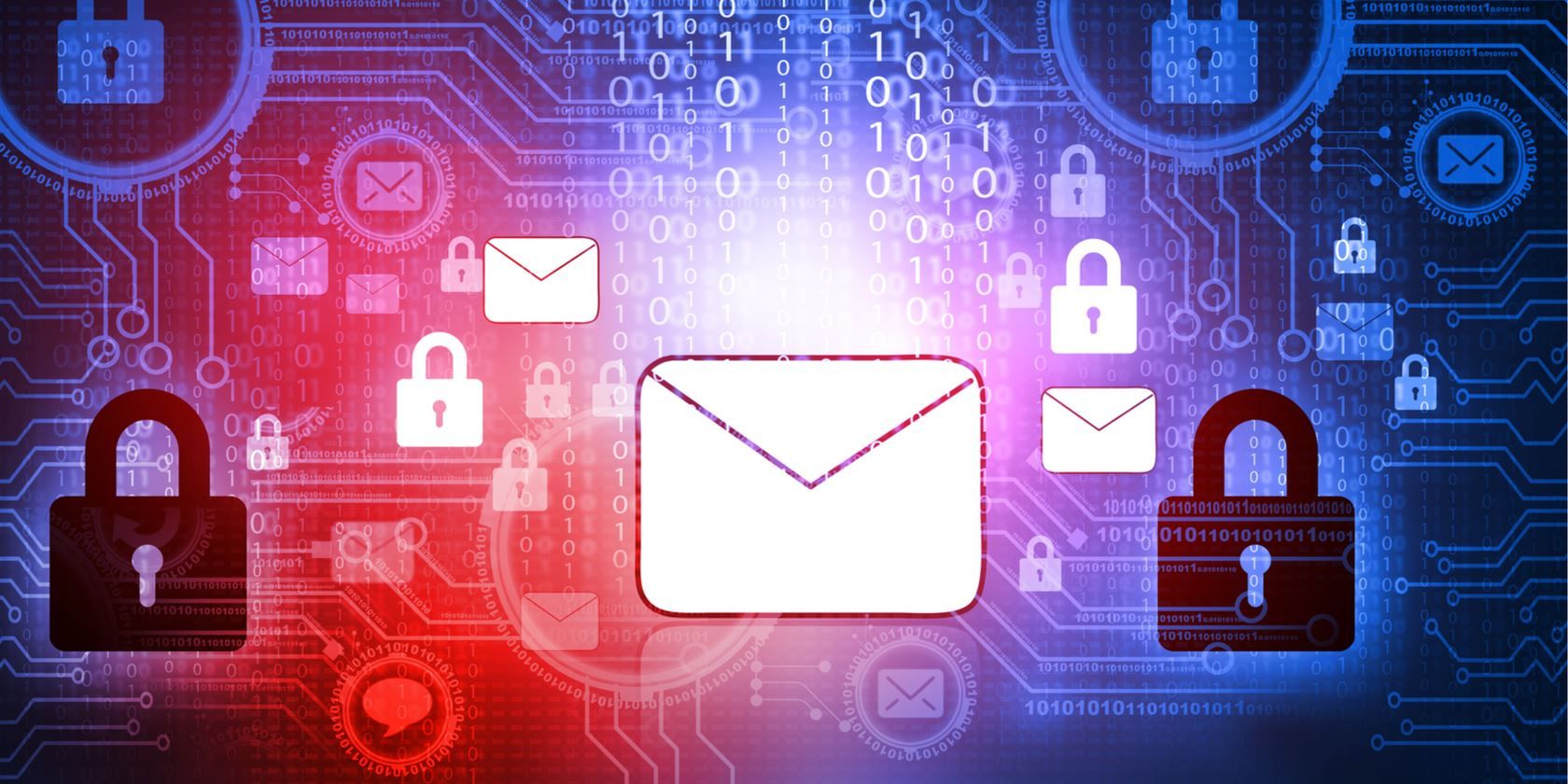How Secure Is Your Email? What You Don’t Know Might Hurt You

Image credit: makeuseofimages.com
We rely on email for everything — logins, invoices, conversations, and even sharing sensitive files. But have you ever stopped to ask: how secure is your email, really?
📨 Email Wasn’t Designed for Security
When email was first created in the 1970s, it wasn’t built with encryption or privacy in mind. Today, attackers exploit that legacy foundation. Unless you’re using end-to-end encryption or advanced security protocols, your email is probably vulnerable.
🔍 Common Email Security Risks
- Phishing Attacks: Fake emails impersonating trusted sources. Learn how to spot them here.
- Data Breaches: If your provider is hacked, your inbox can be exposed.
- Man-in-the-Middle Attacks: If your connection isn't encrypted (HTTPS), attackers can intercept your email traffic.
- Weak Passwords: The simplest point of failure. Avoid using the same password across platforms.
🔐 What Does a Secure Email Look Like?
Truly secure email services offer:
- End-to-end encryption (like ProtonMail or Tuta)
- Two-factor authentication (2FA)
- Spam & phishing filters
- No ads, trackers, or data sales
🛠️ Practical Steps to Secure Your Email
- Enable 2FA on all accounts.
- Use a password manager (e.g., Bitwarden)
- Switch to a provider that supports PGP/S/MIME encryption.
- Regularly monitor your inbox for unknown logins or devices.
- Never click unknown links or attachments — no matter how urgent they seem.
💬 Final Thoughts
Email is one of the most powerful tools we use daily — and also one of the most overlooked from a security perspective. By taking small, proactive steps, you can drastically reduce your risks and keep your communication truly private.
“If you’re not paying for the product, you are the product.” – Unknown← Back to all articles